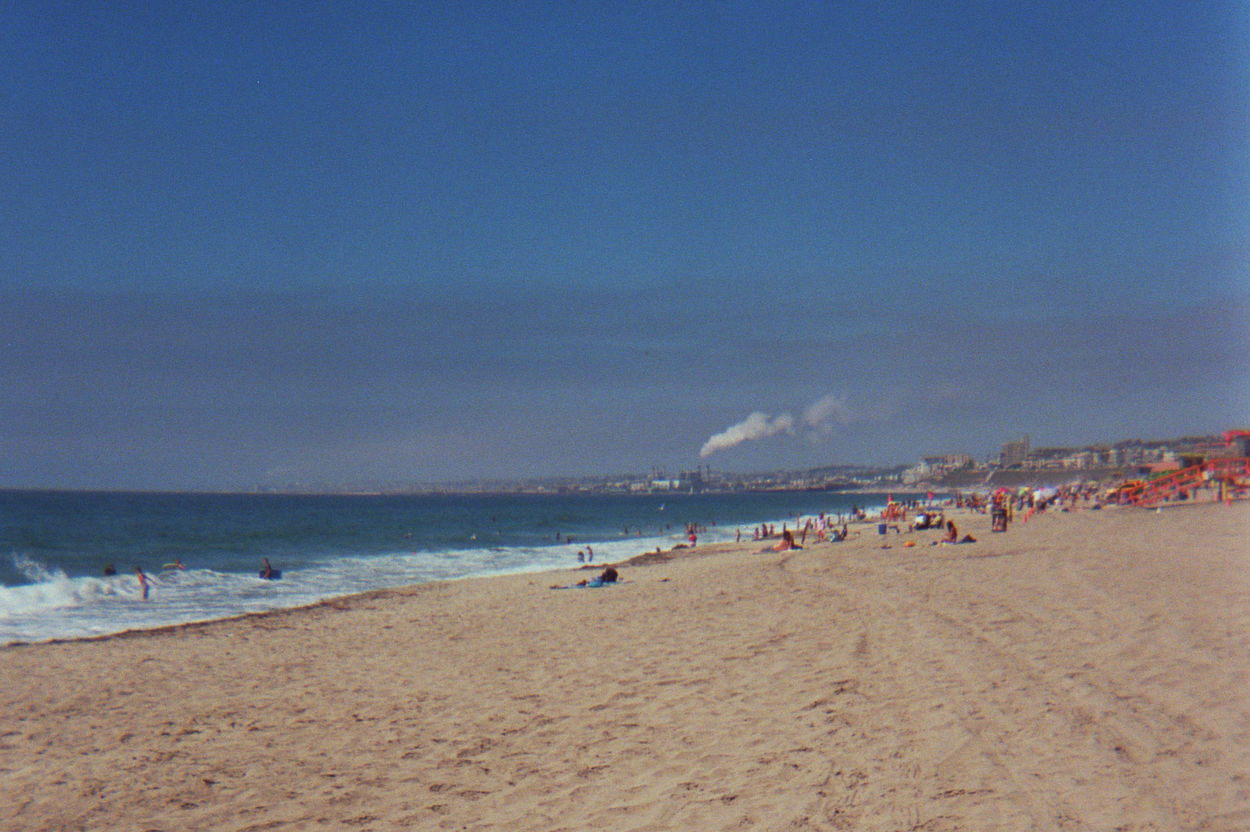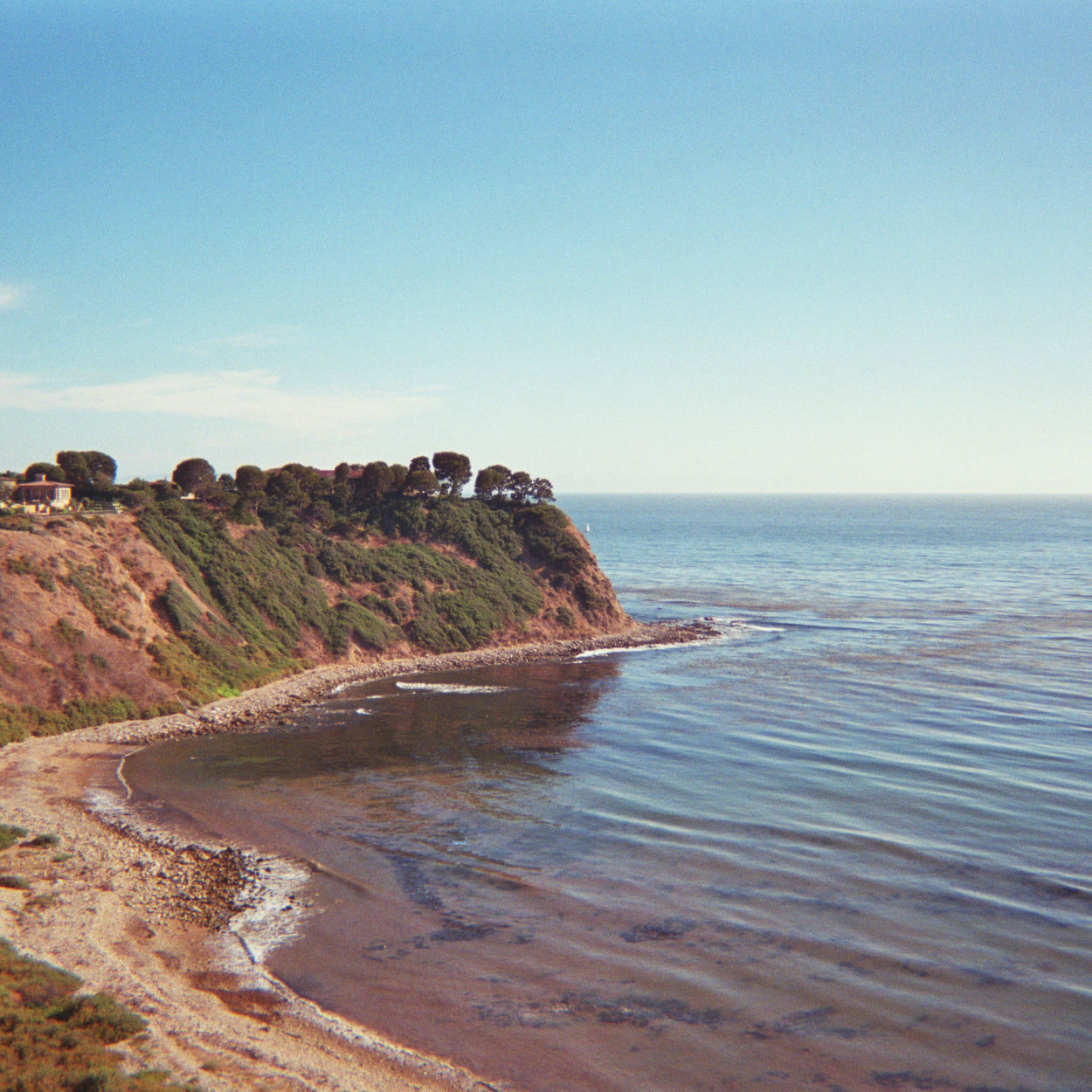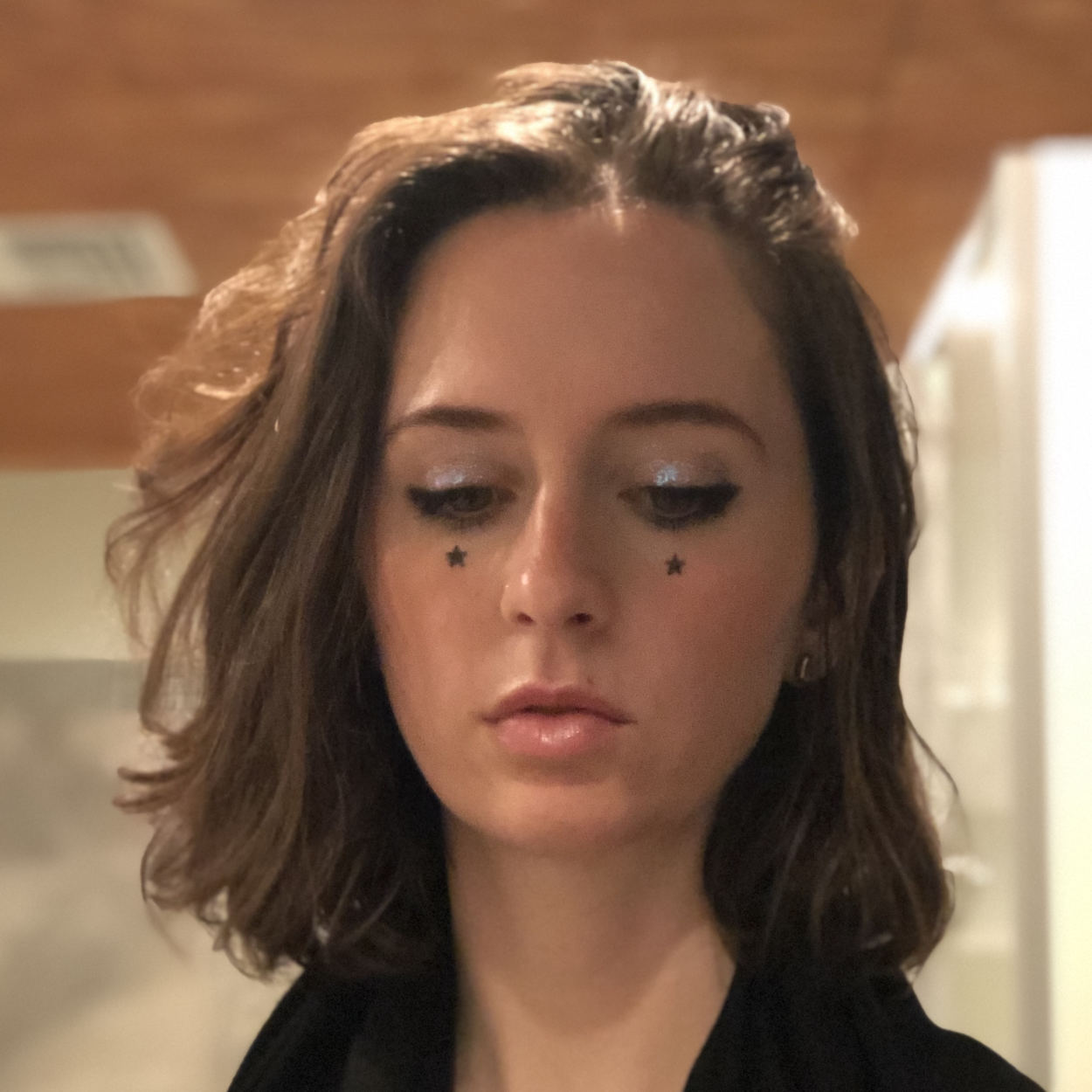Published
To read: “Maintenance and Care” by Shannon Mattern for Places
Read the article “Maintenance and Care: A working guide to the repair of rust, dust, cracks, and corrupted code in our cities, our homes, and our social relations” by Shannon Mattern for Places, published in November 2018.
Yet even if we build an army of repair robots (a longtime sci-fi dream) and maintenance AIs, their hardware and software will still require upkeep. They’ll still depend upon well-maintained, interoperable technical infrastructures. They’ll still require cleaning staff — “industrial hygienists” — to maintain pristine conditions for their manufacture. We’ll need curators to clean the data and supervisors for the robot cleaning crew. Labor is essential to maintenance.
As Jay Owens reminds us,
There will be dust. There is always dust. By that I mean there is always time, and materiality, and decay. Decomposition and damage are inescapable. There is always the body, with its smears and secretions and messy flaking bits off. There is always waste and it always has to be dealt with, and shipping it out of sight overseas to the developing world does not change the fact this work has to be done (and it is dirty, dangerous work that demands its pound of flesh).
That’s true whether we’re talking about ditch-digging or dam-building or data-diving. Maintenance at any particular site, or on any particular body or object, requires the maintenance of an entire ecology: attending to supply chains, instruments, protocols, social infrastructures, and environmental conditions.
A lot of this relates to the push and pull between maintenance and innovation, how much more attractive innovation, the shiny and new, is in the public consciousness.
This brings me back, yet again, to Ursula K. Le Guin’s The Carrier Bag Theory of Fiction. The heroic versus the contemplative, the careful. The spear versus the receptacle. The linear versus the cyclical. Resolution versus the infinite.
What about a Carrier Bag Theory of Everything?





